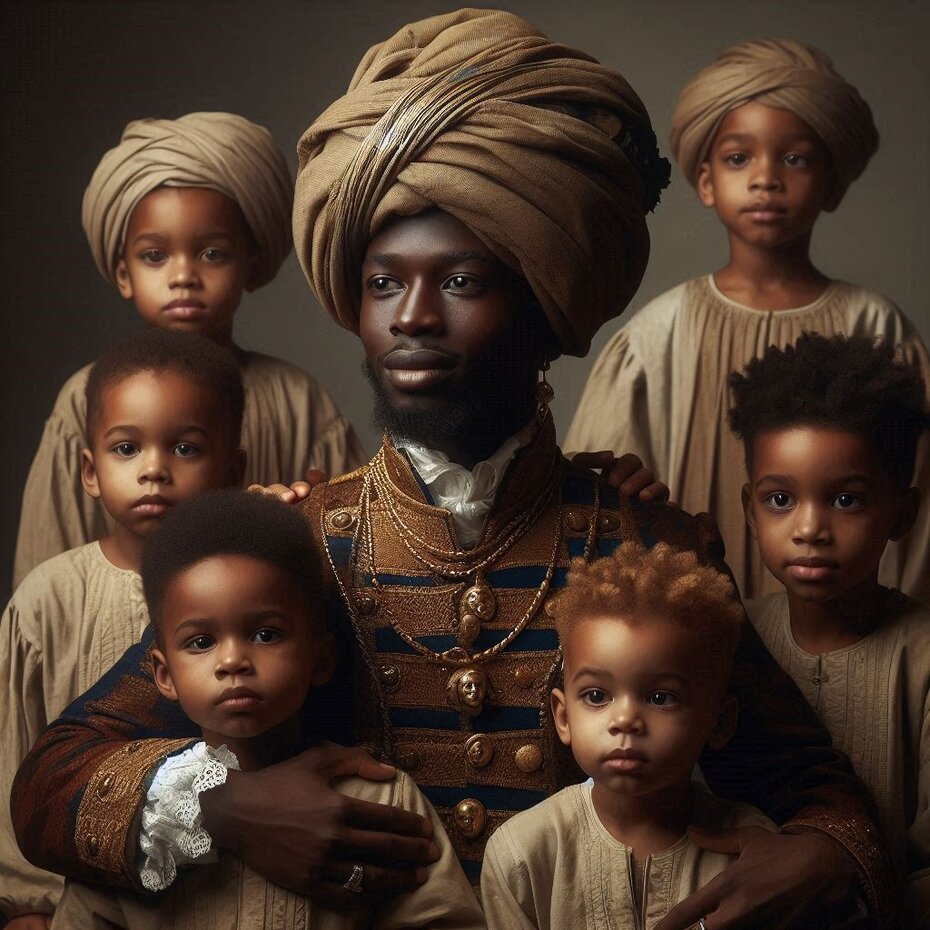The prince of Benin who seduced the elite of Rio Grande do Sul
Osuanlele Okizi Erupê, or Custódio Joaquim de Almeida, as he was registered in Brazil, was born into the royal family of Benin in 1831. He was the son of the obá (king) Ovonramwen Nogbaisi and had to flee Benin (now Nigeria) due to domination by the British Empire. Discovering that they would not be able to maintain their rule in Benin without the support of the royal family, the invaders negotiated with the king and his descendants for their support and departure in exchange for a monthly pension, which would be paid until the end of their lives.

At a young age, Osuanlele was educated as a crown prince, having studied in various European countries such as England, France and Germany. He was extremely cultured and spoke fluent English and French. During the time of the British invasion, he was responsible for organizing the natives' resistance to the invasion. However, when the British carried out a massacre, he decided to escape. He was already an elderly man when he consulted the game of búzios in search of a solution for his life and decided to move to Brazil.
He entered Brazil through the port of Bahia in 1898, a few years after the abolition of slavery. He wandered around the country's northern cities for a while until, again advised by the búzios, he decided to move to Rio Grande do Sul.
He settled in the capital of Rio Grande do Sul, in a spacious and comfortable mansion in Cidade Baixa. This neighborhood, along with Menino Deus and Azenha, was in the area of Porto Alegre where blacks had moved after the abolition of slavery, forming several quilombos.
There, Príncipe Custódio, as he was known in Porto Alegre, lived in luxury: he dressed in a refined manner, wore gold watches and precious stone jewelry and kept his racehorses in the Prado da Independência. He only left the house comfortably installed in his landau, which was attached to two steeds that were white on sunny days and black on rainy days.
He became esteemed by the high society of Rio Grande do Sul due to his rich cultural background, his refinement, the fact that he was a healer and had the power to predict the future, although his powers were only shared with his closest circle of acquaintances. He was regarded by everyone as a spiritual authority.
Several members of the local elite circulated through his house, such as Júlio de Castilhos, Borges de Medeiros and José Gomes Pinheiro Machado. Júlio de Castilhos is said to have approached him in search of a cure for his throat cancer.
A devotee of the orisha Ogum, he became an important figure in the fight with the authorities for the acceptance of batuques, which were then abundant in the capital of Rio Grande do Sul. At that time, batuques, candombes, zungus or meetings of black people, as they were known, needed police authorization to take place, as they were forbidden by the municipal code. However, they went on incognito into the night, mainly on unpaved land, where the heavy dragging of feet didn't disturb the neighborhood.
It is said that until his death at the age of 104, he went each month to the British consulate to collect the pension that enabled him to live in style throughout his life. However, as soon as he died, his house was broken into by bandits who took all his jewelry and valuables. His eight children, although deprived of their pension and jewelry, still lived well thanks to the exemplary education they received from their father.
Translated with DeepL.com (free version)
Voltar
